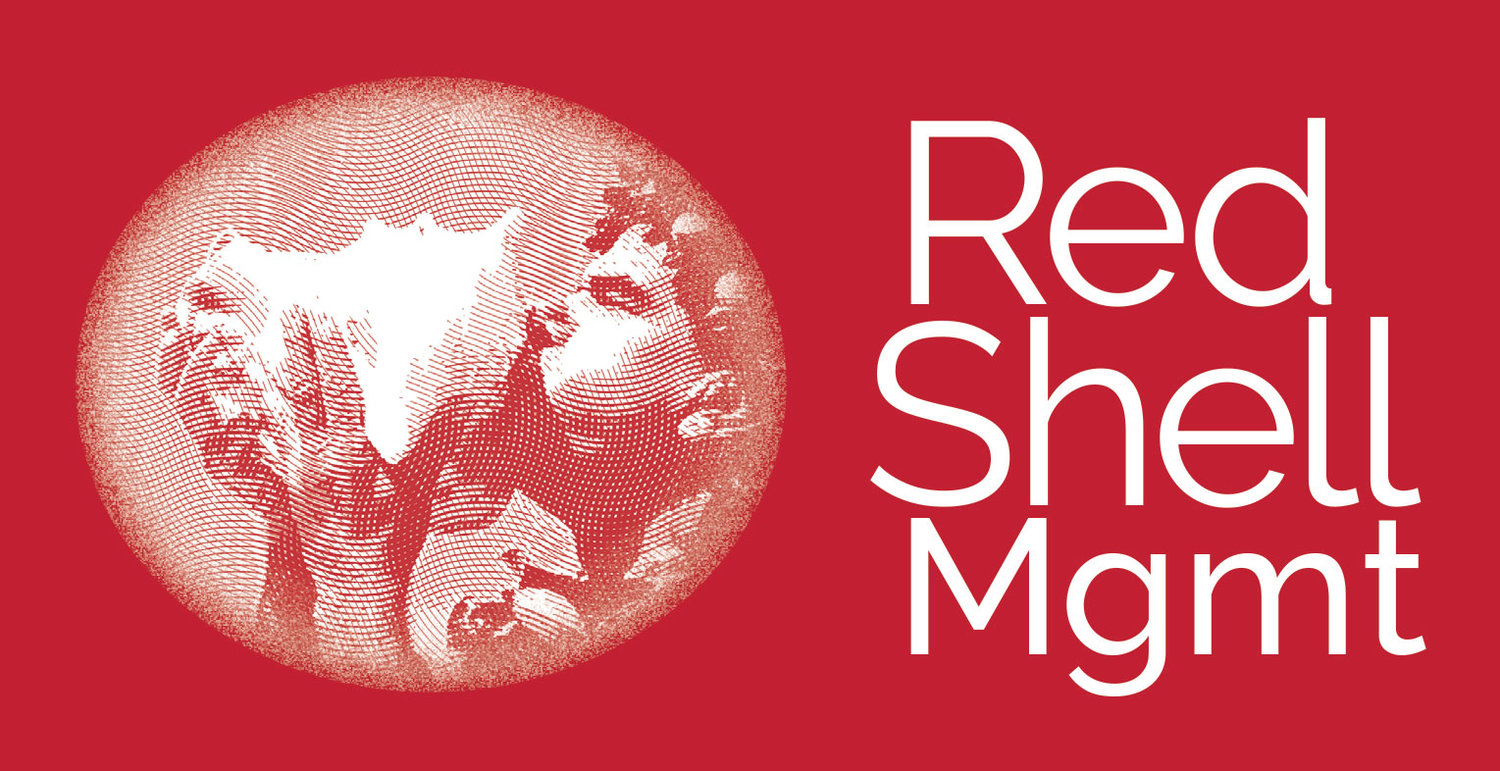EVANMATTHEW STEWARD, PERFORMING ARTIST, IS MAKING A NEW DANCE FOR NAI-NI CHEN DANCE COMPANY’S NYC SPRING SEASON
FIVE QUESTIONS ANSWERED
His full name is EvanMatthew Stewart, but in the studio and in the classroom, everyone calls him Evan. Hailing from Buffalo, NY and the youngest of 3 childr en, EvanMatthew attributes his interest in the arts and subsequently his career as a dancer/teacher/choreographer to his parents’ dedication to exposing him to all forms of artistic expression, and seeing to it that he received the education and training in the arts that he especially wanted. A graduate of University of Buffalo’s dance program, Evan has been associated since fall 2018 with Nai-Ni Chen Dance Company (NNCDC) first as a dancer, later as a teacher, and now as a choreographer.
EvanMatthew Stewart
EvanMatthew Stewart
He began making dances in his high school days but over the past two years he has been seriously focused on choreography. In 2024 he set a dance on the Zodiac Dance Company at his alma mater. About his foray into choreography, he says, “…I am just trying to push it to the forefront now and really try to be more proud with my choreographic voice. Not shy away from it.”
Nai-Ni Chen Dance Company
Nai-Ni Chen Dance Company
When the individual who was originally scheduled to serve as ch oreographer for a new NNCDC collaboration with Maria Ahn had to drop out of the project EvanMatthew was invited to take his place by Artistic Director Greta Campo and Andy Chiang, the company’s executive director and the husband of the late choreographer. The timeline is tight. The work will be titled UNANiLLUSION, and it will make its world premiere on May 18, 2025 at Ailey CitiGroup Theate in New York City.
The music for the new dance was commissioned by cellist Maria A hn (of the Ahn Trio), from contemporary American composer Laurie Spiegel. For the premiere, Ahn will perform the score in person. Spiegel is known primarily for her electronic music compositions and her algorithmic composition software Music Mouse. Film audiences are familiar with her composition Sediment (1972) which was featured in the film The Hunger Games.
Maria Ahn
Laurie Spiegel
The most important collaboration in the history of the company between Ahn Trio and the Nai-Ni Chen Dance Company is the popular Quest for Freedom. Below are “5 questions answered,” an excerpt taken from Edward Schoelwer’s interview with EvanMatthew Stewart on April 21, 2025. The interview was slightly edited for the sake of clarity.
Q. “What made you suited to take on this project?”
A. “I have helped a lot with Nai-Ni’s technique of Kinetic Spi ral, trying to not necessarily create a structure for it, but I have tried to better understand the layout of what she wanted in her style and wanted to say and then pass it on to whoever was taking class. I definitely think that they trusted me and what I've been doing in the last couple of years. Like Greta has been in the room, where…like we've all been in the room…with Nai-Ni. We had the creation process with her. She led us in a way where we're free to explore our own pathways. I am very happy to be “pushed” to do this.”
Q. “What are the distinctive features of Kinetic Spiral that are inspiring you or driving your piece?”
A. “I think of teacher-brain-activate. I would definitely have to say of course, Tai Chi, which has an element that Nai-Ni always tried to bring into her classes. That is: the breathing element. It’s not so much the stillness, but I feel it’s the continuous motion under…”soft power.” This is not necessarily an oxymoron: “soft power,” or “reserved power.” This is something that I always liked. And I always saw Nai-NI try to pull it out of people [dancers in rehearsal]. I've been trying to work with my four dancers to have a whole body connection and also an external connection to the space so there is an expansiveness from within as compared to it just being from the limbs.”
Q. “Was there an aspect of learning her technique that was challenging for you?”
A. “Chinese folk dance was hard. Now it's easy. I'm just like , oh, I got it. But I think grasping the feeling of pride [was hard]. Since I'm not Chinese, I couldn't fully understand the connection to traditional folk dances as much as she could, and or someone that is of Asian descent could. So, I tried to translate it. Well, how can I still feel pride and or be prideful for the celebration and or for whatever we are trying to convey in the folk dance? Nai-N i was a great teacher because of the way that she showed it. Also she provided us with a lot of visual representations of what she was looking for.”
Q. “Can you give an example of the visualization that she would give you?”
A. “For her dance Calligraphy she actually brought in paper and the brushes, and we actually did calligraphy for an hour. She spoke to us about the intensity of the stroke and about the weight that you put behind the brush in making the characters. And she talked about how she wanted that same kind of feeling to occur within our dancing so that we'd get a variety of dynamics and or in a variety of dynamics within her movements.”
Q. “Can you tell us about the work that you're making?”
A. “For the title, I used a combination of two words, unanimity and illusion. I made this combination because the idea of the dance is the illusion of unanimity, where although we agree, not all of us are working towards accomplishing the same goal. And I am pron ouncing it “you-nan-illusion.” If I get to add a description for the program I think that I mi ght like to have printed “Consensus is not the only key.”
Quintet 2024







